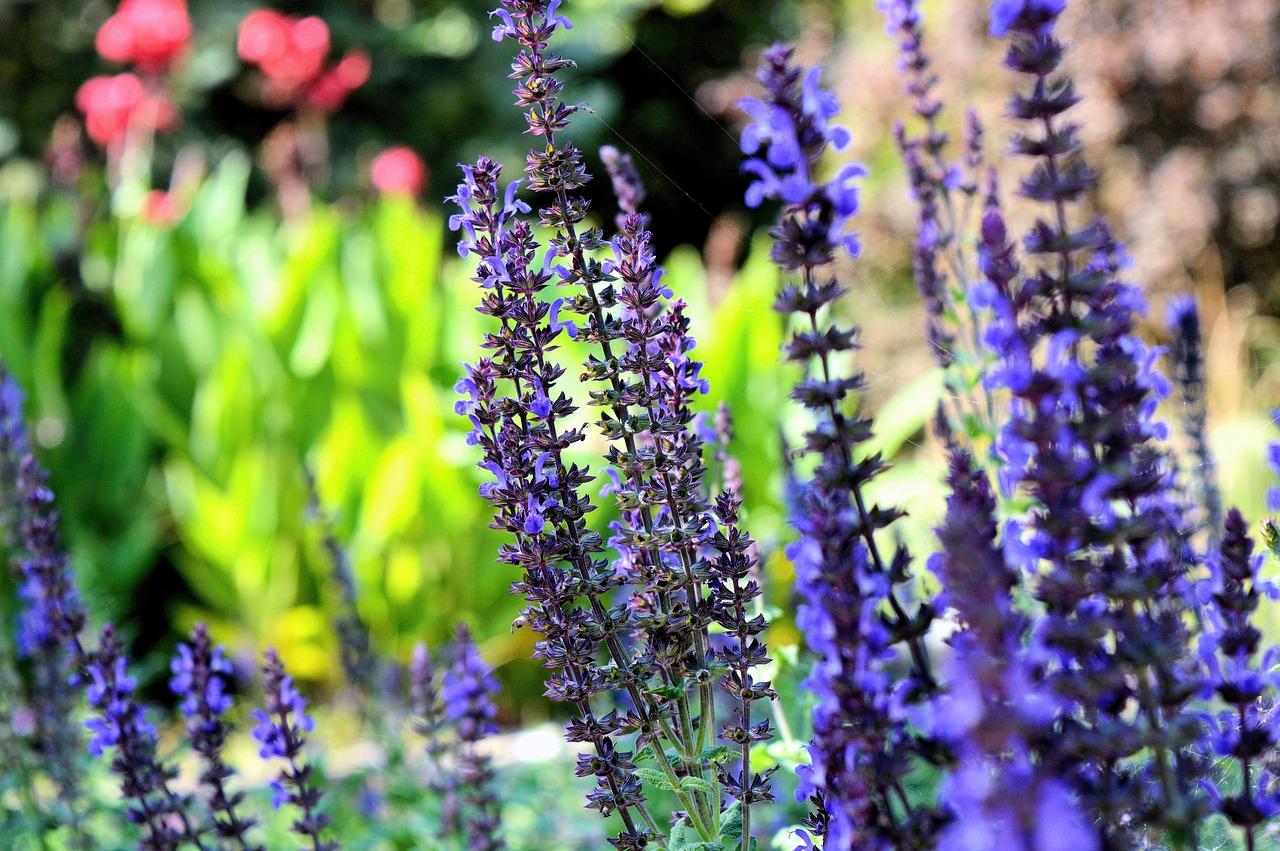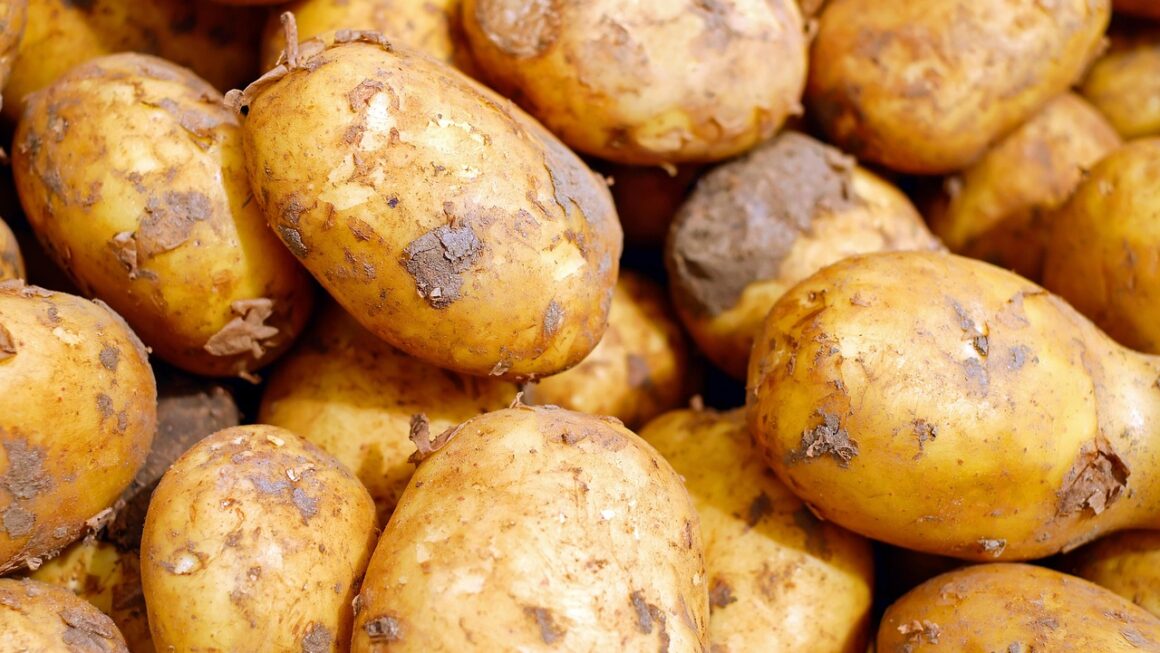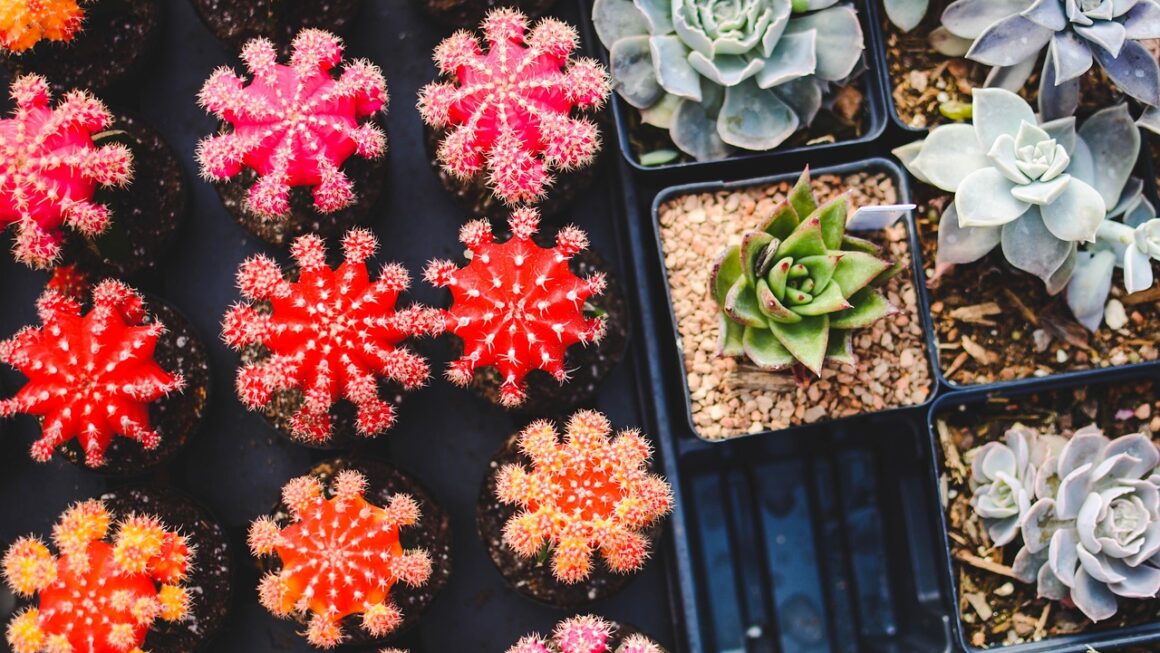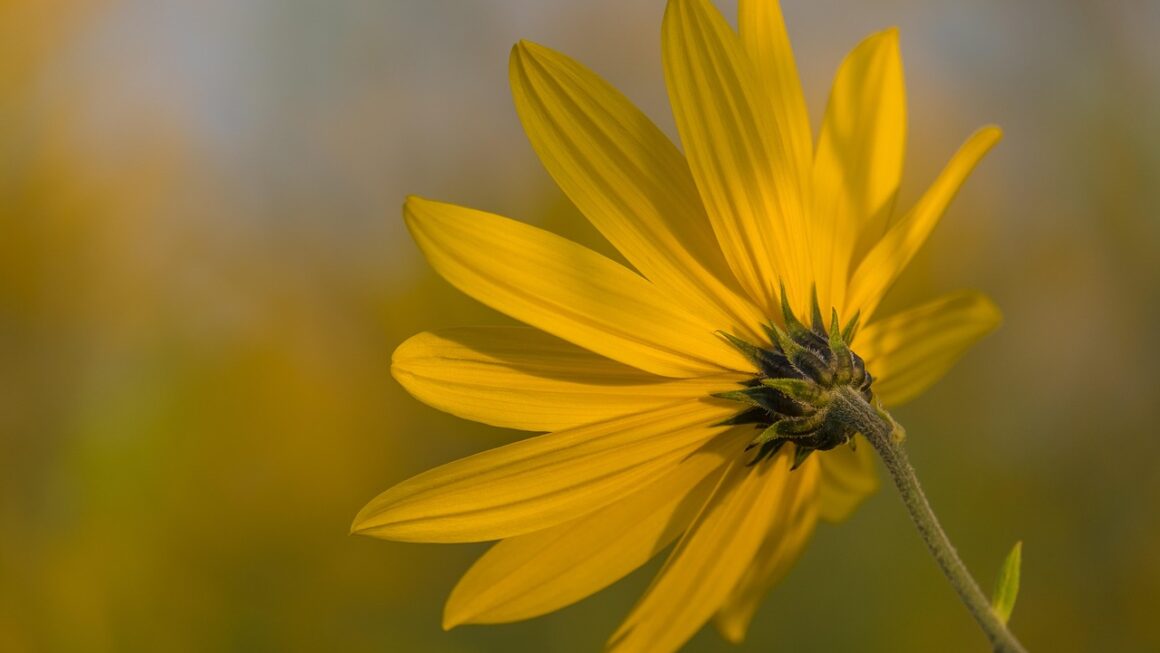Imagine stepping into your backyard and harvesting fresh, flavorful vegetables, vibrant herbs, and stunning flowers – all grown with your own hands. Home gardening offers a rewarding experience, connecting you with nature, promoting healthy eating habits, and beautifying your living space. Whether you have a sprawling estate or a tiny balcony, cultivating your own garden is more achievable and beneficial than you might think.
Why Start a Home Garden?
Health and Wellness Benefits
Home gardening is more than just a hobby; it’s an investment in your well-being. Studies have shown that gardening can reduce stress, improve mental clarity, and increase physical activity levels.
- Stress Reduction: Working with soil and plants has a therapeutic effect, lowering cortisol levels and promoting relaxation.
- Improved Diet: Growing your own food encourages healthier eating habits. You’re more likely to consume fresh produce when it’s readily available and you know exactly where it came from.
- Increased Physical Activity: Gardening involves various physical activities like digging, planting, weeding, and watering, providing a low-impact workout.
- Vitamin D Boost: Spending time outdoors in the sunlight allows your body to produce Vitamin D, crucial for bone health and immune function.
Environmental Advantages
A home garden contributes positively to the environment.
- Reduced Carbon Footprint: Growing your own food minimizes transportation costs and emissions associated with commercial agriculture.
- Pesticide-Free Produce: You have control over the chemicals used (or not used!) in your garden, ensuring pesticide-free fruits and vegetables.
- Water Conservation: Home gardeners often practice water-saving techniques like rainwater harvesting and efficient irrigation.
- Improved Air Quality: Plants absorb carbon dioxide and release oxygen, contributing to cleaner air in your surroundings.
Cost Savings
While there’s an initial investment, home gardening can save you money in the long run.
- Reduced Grocery Bills: Growing your own produce can significantly lower your grocery expenses, especially for herbs, vegetables, and fruits that tend to be expensive at the store.
- Seed Saving: Collect seeds from your plants to propagate new crops, saving on future seed purchases.
- Composting: Recycling kitchen scraps and yard waste through composting creates nutrient-rich soil amendments, reducing the need for commercial fertilizers.
Planning Your Garden
Assessing Your Space
Before you start digging, take a good look at your available space.
- Sunlight: Most vegetables require at least 6-8 hours of direct sunlight per day. Observe your garden area throughout the day to determine sun exposure.
- Soil Type: Understanding your soil type is crucial for plant growth. Common soil types include sandy, clay, loamy, and silty. Conduct a soil test to determine its pH and nutrient content. You can purchase a soil test kit online or from your local garden center. A loamy soil, which is a mix of sand, silt, and clay, is generally the best for gardening.
- Water Source: Ensure easy access to a water source for irrigation. Consider installing a rain barrel to collect rainwater.
Choosing Your Plants
Select plants that are suitable for your climate and soil conditions. Consider your personal preferences and dietary needs.
- Climate Zones: Refer to the USDA Plant Hardiness Zone Map to determine which plants thrive in your region.
- Plant Size: Choose plants that will fit comfortably in your available space. Consider the mature size of the plant when planting.
- Companion Planting: Plant compatible species together to enhance growth and deter pests. For example, basil repels pests that attack tomatoes. Marigolds are great general pest deterrents.
- Succession Planting: Plant crops at staggered intervals to ensure a continuous harvest throughout the growing season. For example, plant lettuce every two weeks to have a steady supply.
Garden Design
Plan your garden layout to maximize space and sunlight exposure.
- Raised Beds: Raised beds improve drainage, soil quality, and accessibility.
- Container Gardening: Perfect for small spaces, container gardening allows you to grow a variety of plants in pots and containers.
- Vertical Gardening: Utilize vertical structures like trellises and hanging baskets to grow climbing plants like cucumbers, beans, and tomatoes.
Getting Started: Planting and Growing
Preparing the Soil
Proper soil preparation is essential for healthy plant growth.
- Clearing: Remove weeds, rocks, and debris from the planting area.
- Tilling or Digging: Loosen the soil to improve drainage and aeration.
- Amending: Incorporate organic matter like compost, aged manure, or peat moss to enrich the soil.
Planting Techniques
Follow proper planting techniques to ensure successful growth.
- Seed Starting: Start seeds indoors 6-8 weeks before the last frost to get a head start on the growing season. Use seed starting trays and a seed starting mix.
- Transplanting: Carefully transplant seedlings into the garden when they have developed a few sets of true leaves.
- Spacing: Plant seeds or seedlings at the recommended spacing to allow for proper growth and air circulation.
- Watering: Water newly planted seeds and seedlings thoroughly.
Watering and Fertilizing
Consistent watering and fertilization are crucial for plant health.
- Watering Schedule: Water deeply and regularly, especially during dry spells. Check the soil moisture before watering to avoid overwatering.
- Fertilizing: Use organic fertilizers like compost tea, fish emulsion, or seaweed extract to provide essential nutrients to your plants. Follow the instructions on the fertilizer packaging.
Maintaining Your Garden
Weed Control
Weeds compete with your plants for nutrients, water, and sunlight.
- Mulching: Apply a layer of organic mulch like straw, wood chips, or shredded leaves to suppress weed growth and retain soil moisture.
- Hand Weeding: Regularly pull weeds by hand, especially when they are small.
- Hoeing: Use a hoe to cultivate the soil and remove weeds.
Pest and Disease Management
Monitor your plants regularly for signs of pests and diseases.
- Integrated Pest Management (IPM): Use a combination of methods to control pests, including beneficial insects, traps, and organic pesticides.
- Disease Prevention: Promote good air circulation and avoid overwatering to prevent fungal diseases. Remove any diseased plant parts promptly.
- Beneficial Insects: Attract beneficial insects like ladybugs, lacewings, and praying mantises to your garden to control pests. Plant flowers like dill, fennel, and yarrow to attract them.
Harvesting
Harvest your produce when it is ripe and at its peak flavor.
- Harvesting Time: Harvest vegetables and fruits when they are fully colored and easily detach from the plant.
- Storage: Store your harvest properly to extend its shelf life.
Dealing with Common Gardening Challenges
Poor Soil
- Solution: Amend the soil with organic matter like compost, aged manure, or peat moss. Consider using raised beds or container gardening with improved soil.
Pests
- Solution: Use organic pest control methods like insecticidal soap, neem oil, or diatomaceous earth. Attract beneficial insects to your garden.
Diseases
- Solution: Improve air circulation, avoid overwatering, and remove diseased plant parts promptly. Use organic fungicides if necessary.
Lack of Sunlight
- Solution: Choose plants that tolerate partial shade. Use reflective surfaces to maximize sunlight exposure. Consider growing plants in containers that can be moved to sunnier locations.
Conclusion
Embarking on a home gardening journey can transform your life, providing you with fresh produce, a connection to nature, and a sense of accomplishment. By understanding the basics of planning, planting, maintaining, and troubleshooting, you can create a thriving garden that nourishes your body and soul. So, grab your gardening gloves, get your hands dirty, and experience the joy of growing your own food and flowers. Your garden awaits!




